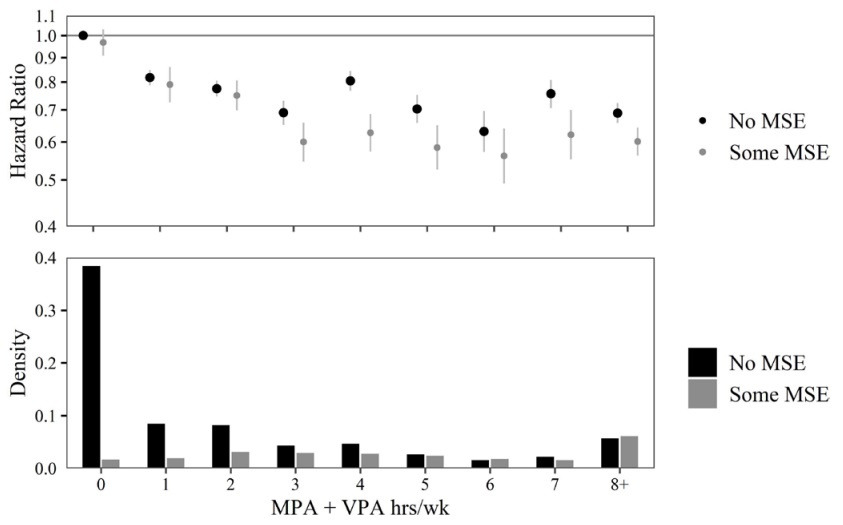
This one found that brain activity and related brain structures differ between triathletes and people who do not exercise regularly, suggesting that exercise might not only improve the ability of self-regulation of physical activity but also self-regulation of brain activity.
- Triathletes showed a superior ability of self-regulating their own brain activity during neurofeedback training, especially over a longer period of time.
This improved neurofeedback performance in triathletes appeared to be related to larger gray and white matter volumes of the insula and inferior frontal gyrus.
Triathletes are experts in self-regulating physical activity – But what about self-regulating neural activity? (open access)
doi.org/10.1016/j.biop…
#exercise #Workout #TrainHard #GymLife #GymTime #muscle #strength #lift #GetStrong #cardio #hiit
doi.org/10.1016/j.biop…
#exercise #Workout #TrainHard #GymLife #GymTime #muscle #strength #lift #GetStrong #cardio #hiit
• • •
Missing some Tweet in this thread? You can try to
force a refresh










